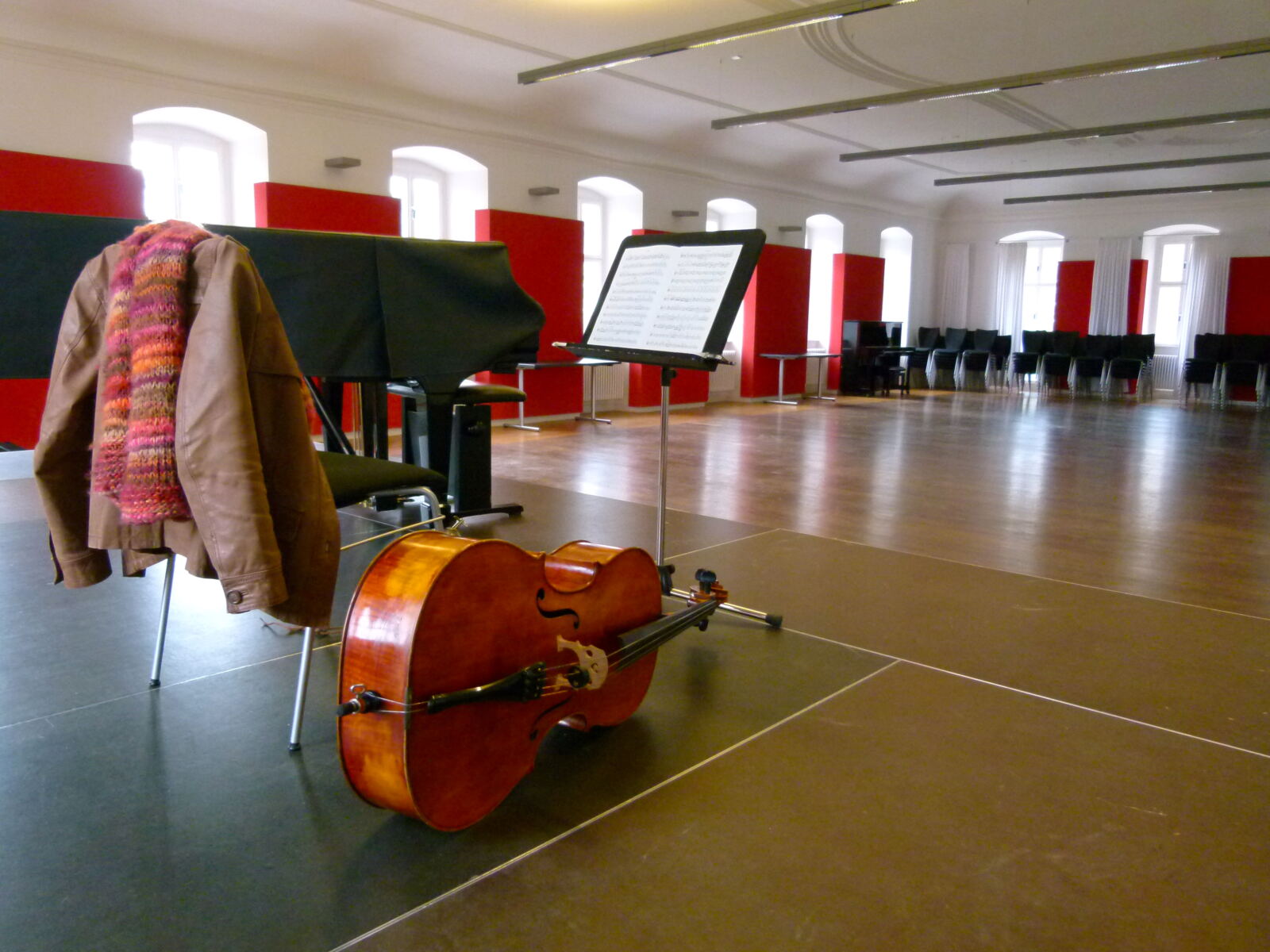Schloss Weikersheim
Germany
Set in the scenic landscape of the Tauber valley, Weikersheim Palace (Schloss Weikersheim) lies at the heart of the small town of Weikersheim. With its beautiful garden, the palace embodies the Renaissance ideal of a country estate.
In 1586, Count Wolfgang of Hohenlohe took up residence in the former moated castle, and promptly ordered the construction of a new palace. With an unusual three-sided floor plan, the palace reflected the Renaissance style of the time, but foreshadowed the Baroque era that was to come.
The richly decorated Rittersaal (knights’ hall) is a highlight of Renaissance architecture in southwestern Germany. Dating from 1600, it is one of the best preserved halls from that era. The vast paneled ceiling, with its colorful hunting scenes, is famous.
Count Carl Ludwig of Hohenlohe (1674–1756), who inhabited the palace for over fifty years, gave the palace and garden the form that they have retained to this day. The eye-catching garden was designed on his instructions, receiving a crowning touch: the orangery, which provides a picturesque backdrop.
The most distinctive feature of the palace grounds is the many Baroque statues that populate the garden. Of these, the whimsical Weikersheimer Zwerge (Weikersheim dwarfs) are the best-known: Count Carl Ludwig had the members of his court preserved for posterity in this unusual ensemble. While grotesque creatures lurk at the edge of the garden, the elegant statues in the parterre portray classical figures such Apollo and Diana. There are also allegorical representations of the Planets – including Mercury, Saturn, Venus and Mars – the Seasons, and the Elements.
Nowadays, Schloss Weikersheim hosts the Music Academy Schloss Weikersheim, one of Germany’s largest Music Academies, managed by Jeunesses Musicales Germany.
The Castle building, the magnificent Castle gardens, and the Music Academy offer a magical place for music, for inspired rehearsals and encounters with one another. Anyone who has been here once, who has slept in the Logierhaus (JM Germany’s guest house), and who has taken a morning walk across the Market Square and through the Castle Gardens with an instrument case in his or her hand, knows it: the “Weikersheim effect”.
Entitled “JM World Meeting Center” , Weikersheim is a meeting point for young musicians from all over the world.
Jeunesses Musicales Germany regards itself as a community for dedicated young musicians. JM Germany organizes courses and exemplary projects, competitions and awards, concerts and events. Being a section of Jeunesses Musicales International it strives to cultivate a cosmopolitan attitude. It sees the human being as the focus and source of all music and heeds a concept of quality, defined by authentically encountering music and experiencing its uniting powers. JM Germany focuses on making music together and jointly experiencing music. This foundation is also based on its care for international exchange and intercultural understanding amongst young people.






